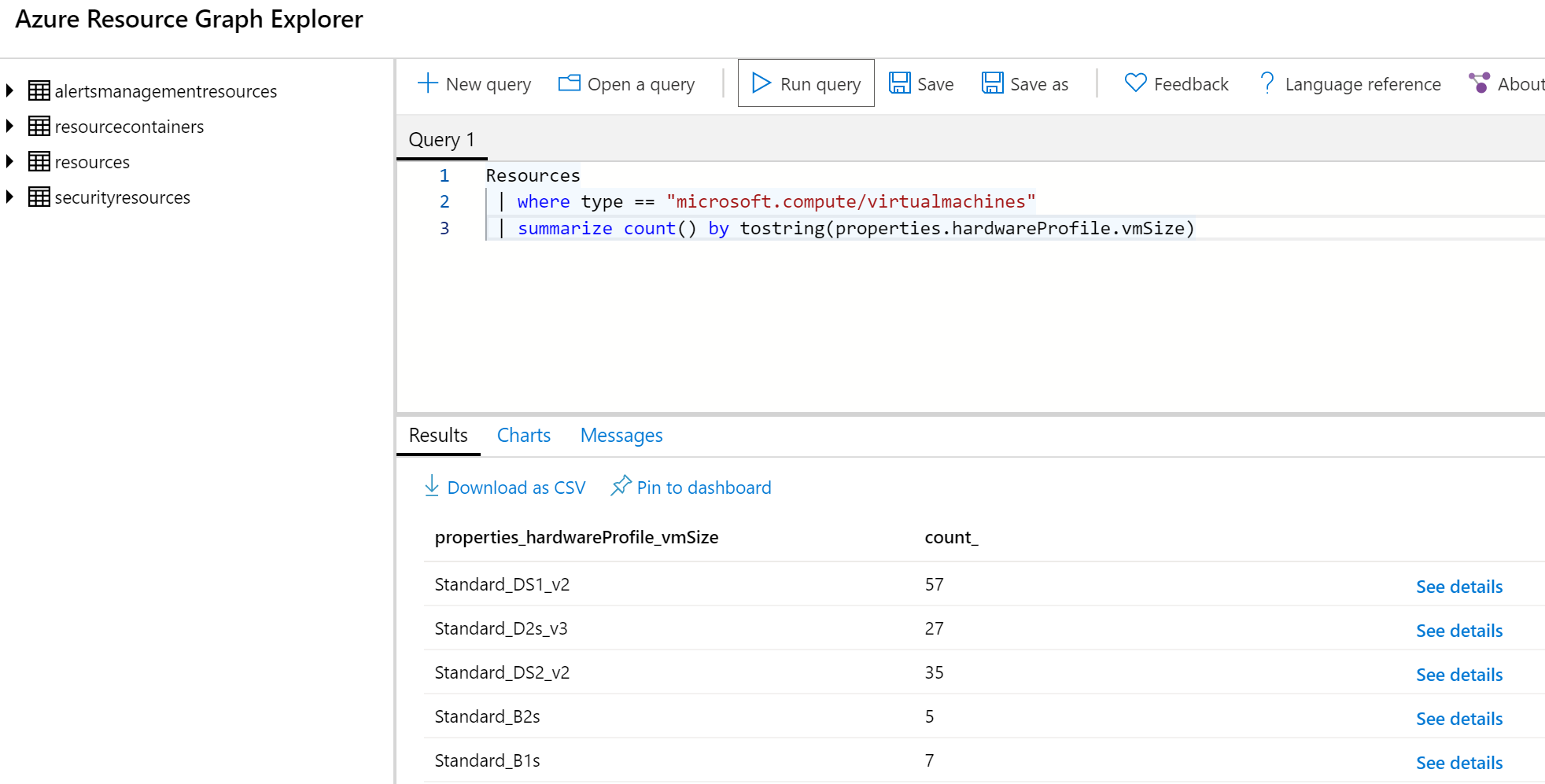

Kusto summarize free#
Just list each column after the by keyword.įirst, we take our Perf table and pipe it to the where operator to limit the data to only rows where the CounterName is % Free Space. Should you want to create summarizes for the combination of multiple columns it is easy to do so. The parameters are placed inside the parenthesis. Most of the time these won’t contain anything, but on occasion a function will require one or more parameters, extra data the function needs to do its job. All functions in KQL have parenthesis at the end. You can distinguish between the count operator and the count function by the parenthesis.

Disk sec/Transfer counter had 105,267 rows in the input dataset. For example, you can see Disk Writes/sec occurred 111,043 times. The second column is count_, which is the number of rows for each counter. It contains the column name indicated after the by, in this case the CounterName. The number represents the number of times each value in the by column occurs in the dataset passed into summarize. When used in the query, the count function essentially creates a brand new column for the output. What you see here is different, we are using the count() function. In my previous post, Fun With KQL – Count, we covered the count operator. Here, we want to create summaries for each CounterName.Īnd what do we want to summarize? That will be the number of times each CounterName appears in our data, for the default time range of last 24 hours (note the Time range just above the query pane). Next we need to tell what we want to summarize, and what column (or columns) we want to summarize for. We begin by creating a dataset, taking the Perf table and piping it into our summarize operator. Let’s first see our query and its results, then we can start breaking it down. Finally, Microsoft may make changes to both the user interface and the data structures between the time I write this and when you read it. Second, I’ll be using the column tool (discussed in the introductory post) to limit the output to just the columns needed to demonstrate the query. First, Microsoft only keeps a few days of demo data, which are constantly updated, so the dates and sample data won’t match the screen shots. Note that my output may not look exactly like yours when you run the sample queries for several reasons. It describes the user interface in detail.

If you’ve not read my introductory post in this series, I’d advise you to do so now. This demo site has been provided by Microsoft and can be used to learn the Kusto Query Language at no cost to you. The samples in this post will be run inside the LogAnalytics demo site found at. To aggregate these values with KQL, we’ll use the summarize operator. For example, the total number of times the disk transfer counter is recorded for a time period may give an indication of disk utilization. Instead, data analysts look at the big picture, looking at total values. When data is analyzed, it is seldom done on a row by row basis.


 0 kommentar(er)
0 kommentar(er)
